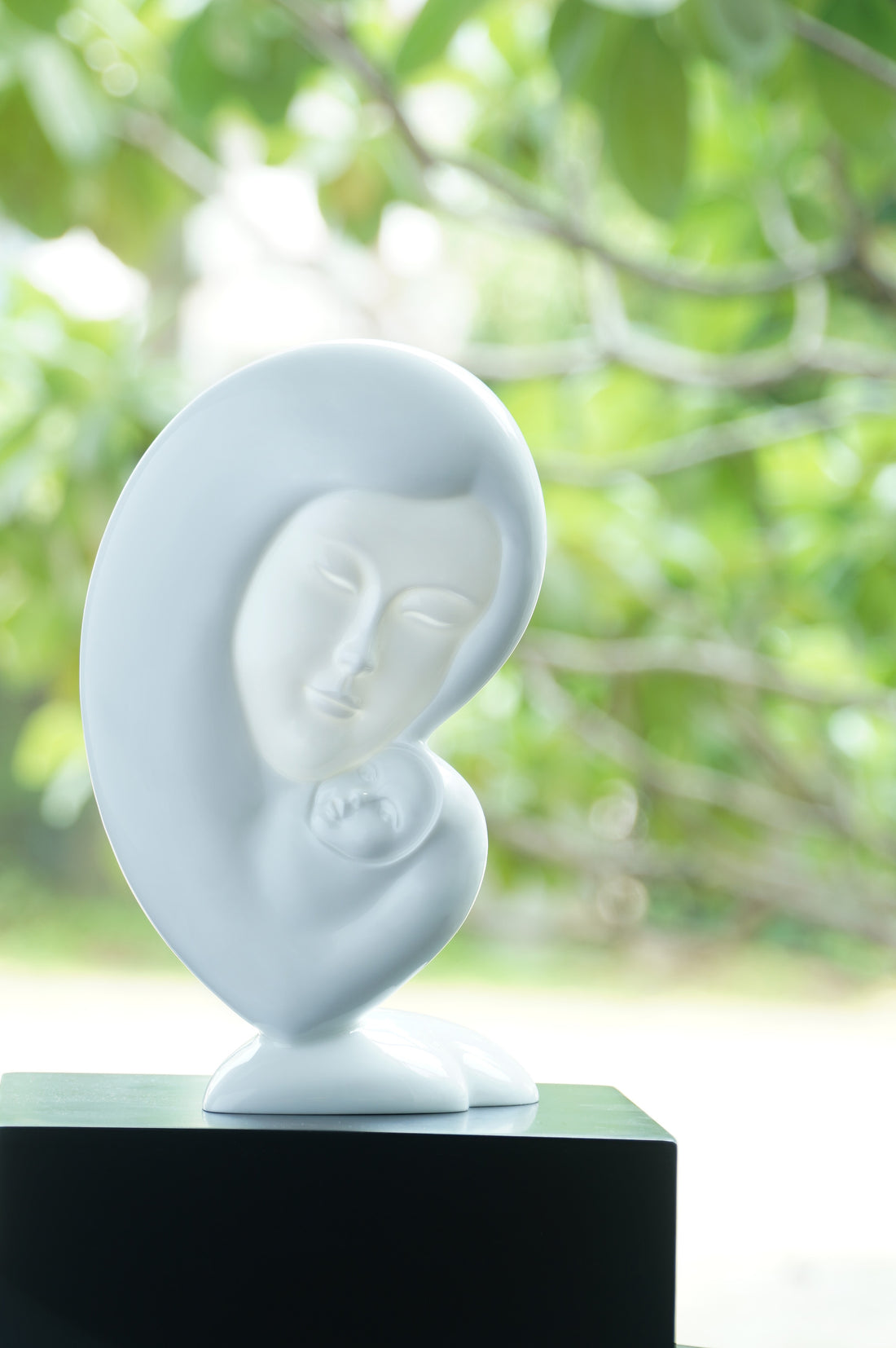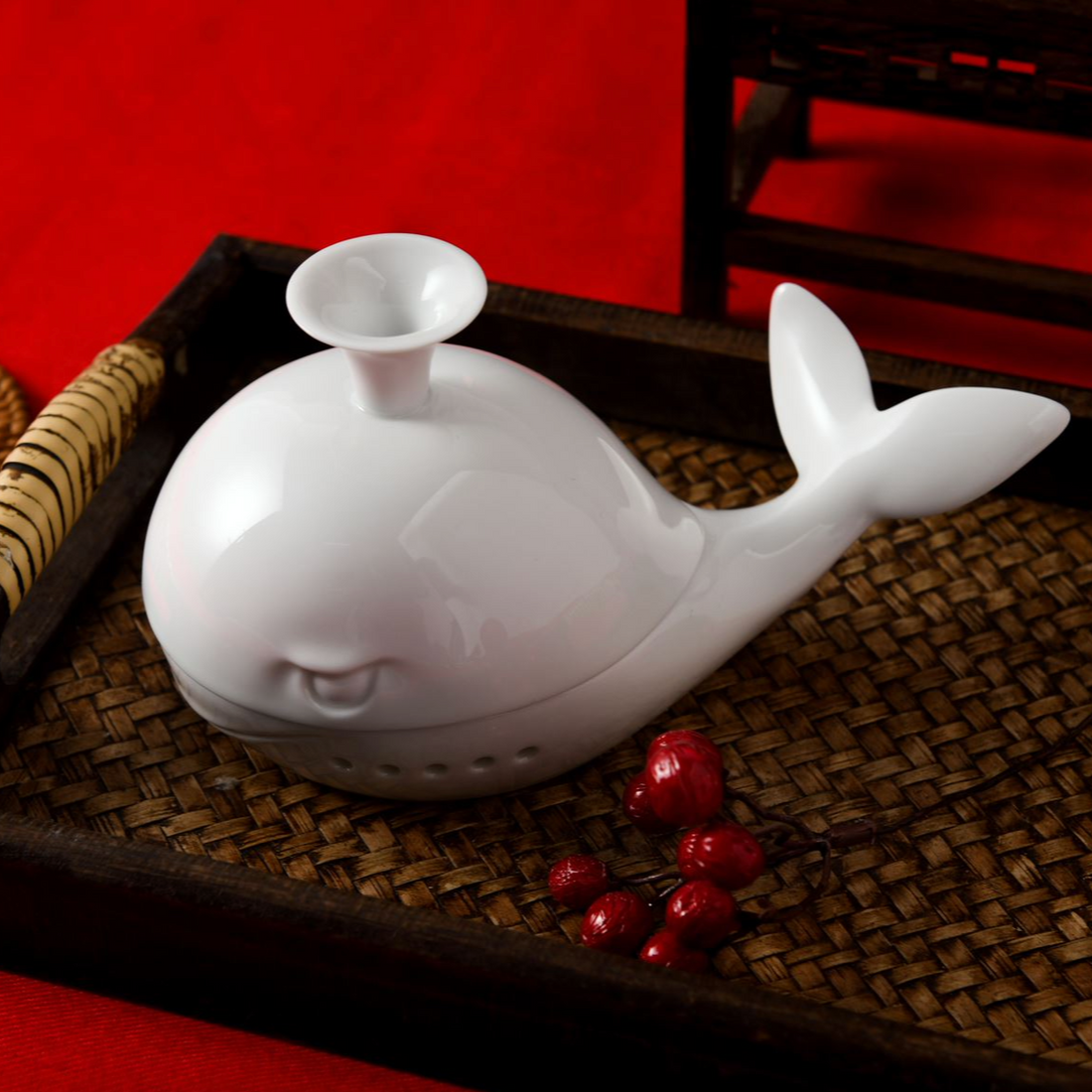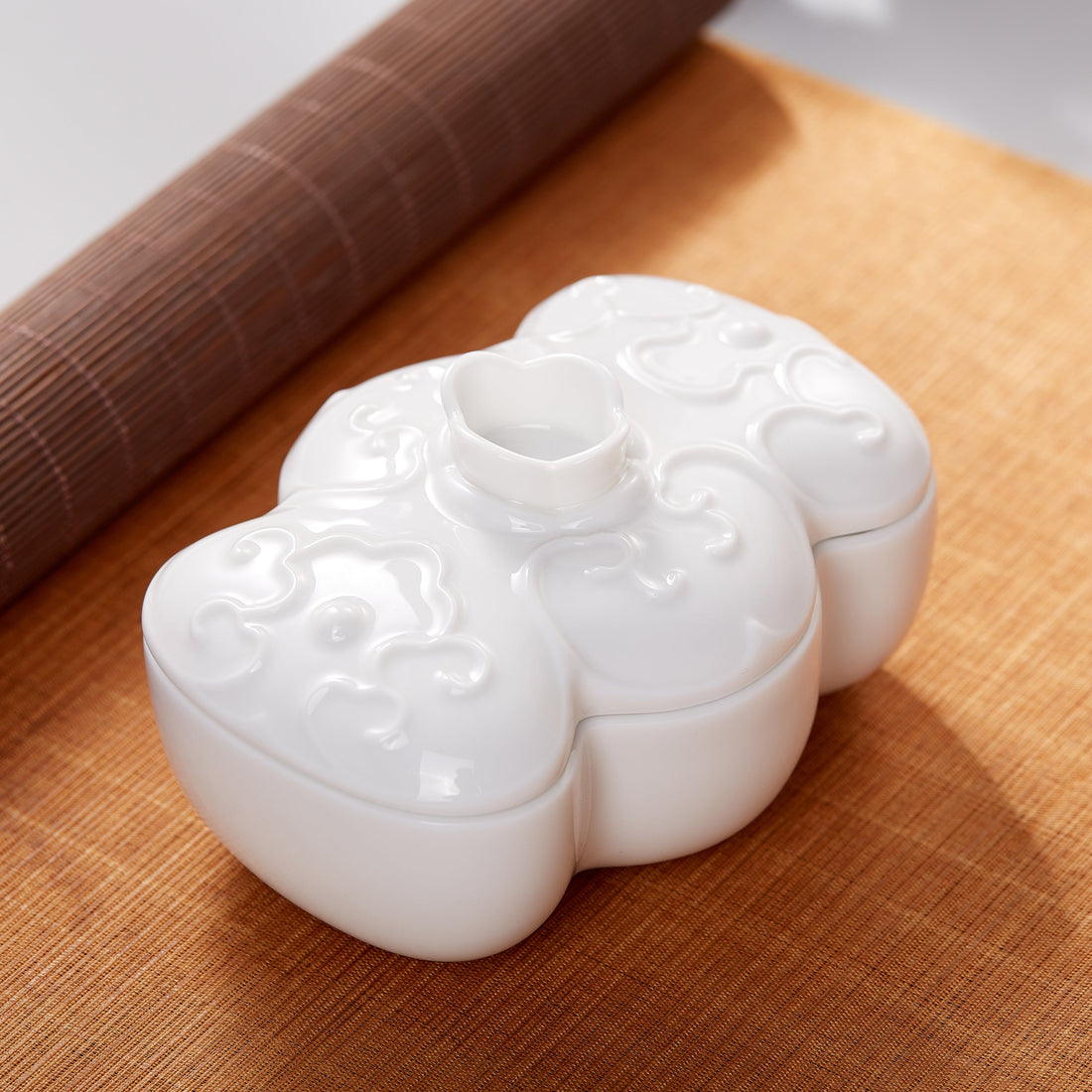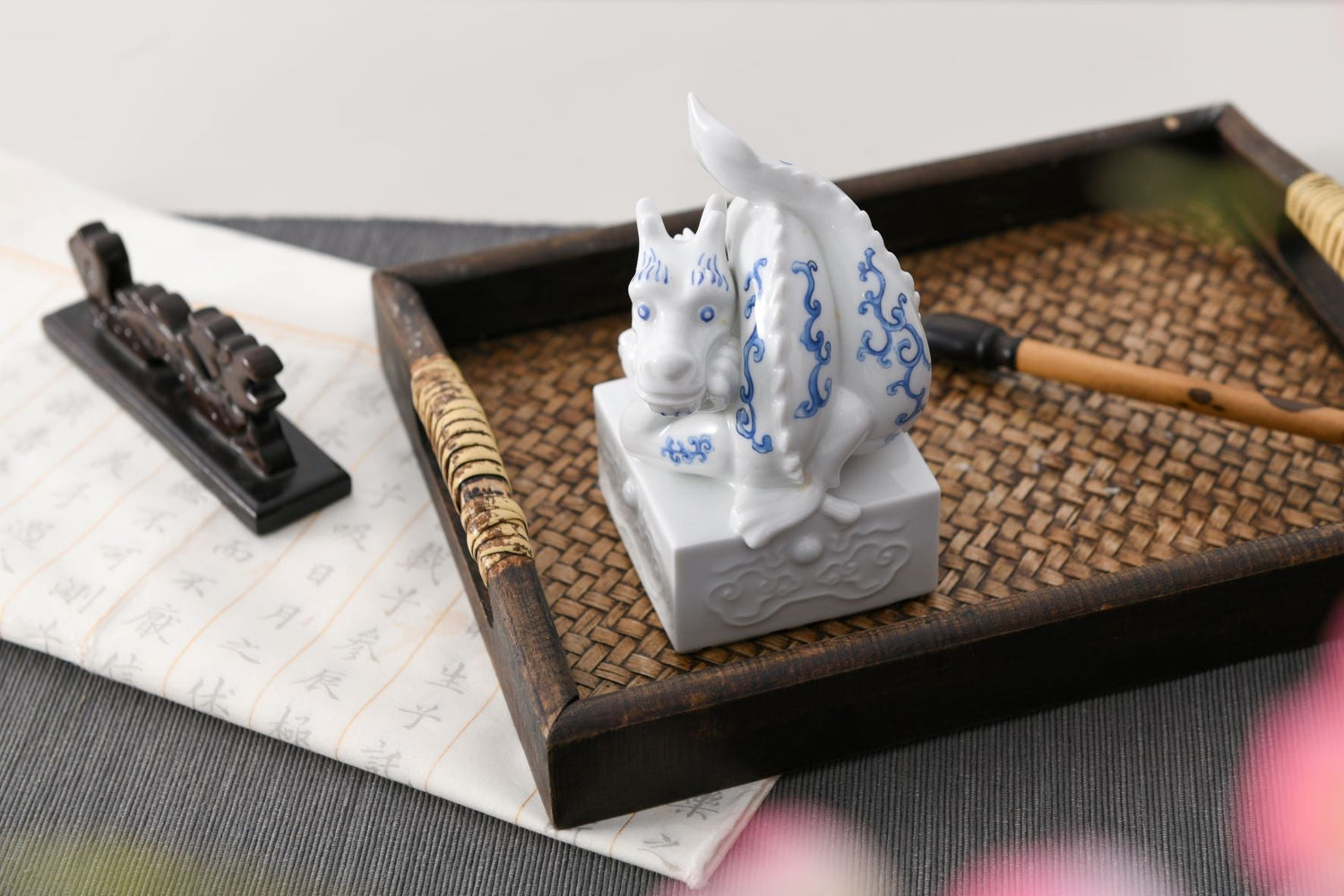
Dr. Tseng Su-Liang
Professor at National Taiwan Normal University
Secretary-general at Taiwan Art Administration and Management Society
Former Auction Consultant at Sotheby's, Christie's and Yu Jen
The general public usually does not feel strong aesthetic emotions towards architecture or appliances because they are too often seen in life, but artworks created by skilled artists are able to draw attention and arouse amazement. In fact, according to studies of cultural anthropology, practical appliances can also have incredible value in art. Appliances from ancient times can further prove that art originates from practicality. People realize their instinct of aesthetics and creativity through their everyday appliances.
As the creature of wisdom, humans have the ability to find surrounding resources and invent new tools to make their lives more convenient. Appliances are not only for purposes like storage, cooking and religions, but have developed aesthetic and ornamental functions.
Pure Delight in Pottery of the Neolithic Age
Appliances of the Neolithic age were designed for practicality, but if we take a closer look, appliances created 7000 years ago already had their aesthetics, which was shown by the ornamental patterns and their shapes. The aesthetics of the shapes are not inferior to those created by the first-class artists nowadays. Potteries from ancient times were limited to the lack of crafting skills, glaze, and advanced kilns, and thus potters then focused on creating shapes that showed originality and simplicity.
We can see many examples of the aesthetic and creative instinct of humans from Neolithic pottery culture. Pottery jugs of Banshan and Machang Culture in Gansu and Qinghai are known for their exquisite and mellow shapes. With narrow mouths, short necks, wide shoulders, slim waists and narrow bottoms, they come across as plump, stable, simple and smooth.
Potters of Longshan Culture made pottery appliances for drinking or cooking that resembles shapes of birds. The appliances known as “Gui” have long necks and long bottoms with pointed ends that look like bird beaks. Standing on three legs, with mellow bodies in an upward pose, they look like a giant bird looking up to the sky, ready to take off.
The Symbol of Prosperity in Tang Dynasty
Chicken-head-spout pitchers from Six Dynasties incorporate motion and stillness, and curves and straight lines. Their flat openings, long necks, wide shoulders and short mouths compose the balanced shapes. The curves widen from the bottoms to the shoulders, and narrow from the shoulders to the necks, and then open on the top. The continuous curves and the arched handle form the stability. With long necks, the pitchers seem to be in upward motion and guide the viewers’ visual movements. These devices make motionless appliances dynamic.
Ceramic art in Tang Dynasty is known for its mellow and smooth shapes, which excellently symbolize the prosperity of the era. Song Dynasty is renowned for its abundant cultures. Literati were the dominant social group at that time while the fondness of literature and art was common among all social classes. Humility, elegance and plainness were the focus of aesthetics. Therefore, ceramics in Song Dynasty are mainly consisted of a single glaze color. Potters pursued shapes in simple, slim and elegant styles to impart serenity and profundity.
From Simplicity to Complexity- The Development of Shapes of Ceramics
If we consider the development of ceramics, we can see that the shapes generally go from simplicity to complexity. Simple shapes were preferred in early times while the shapes become more and more complicated in later times. One of the reasons is the increasing demand. In the 21st century, as the demand for aesthetics apart from practicality has been unprecedented, artists have to constantly improve the shapes to adapt to the new needs. In addition, the advance in technology also brings about the pursuit of new shapes. Clay refinement, glaze ingredients and kiln temperature control are all in artist’s favor to development more diverse functions and complicated shapes.
The 21st century is a new era of porcelain art. It has gained more attention and collectors. Porcelain art has also stimulated creative and unique ideas in public installation design. Besides the development of glaze, the innovation of shapes has the most notable breakthrough. Contemporary porcelain art prefers plain to vibrant glaze to manifest the shapes. Generally, the simpler the colors are, the more the porcelain can focus viewers’ eyes on the aesthetics of their shapes.
Henrich Wang’s Unique Aesthetics of Shapes with the Purity of Glaze
Porcelain artists today usually focus on the presentation of shapes. Take a young Taiwanese porcelain artist for example, Yu Chien-Fu likes to use rough textures and plain glaze colors to represent the delight of nature. His shapes are usually used on sculptures and installation art, and thus are not meant for practical use. His work “Sphere of Life” depicts the flourish of life with simple colors and sprout-like shapes.
Unlike Chien-Fu Wu, Heinrich Wang aims for abundance and uniqueness of shapes with his creation, which reinforces the quality for collection. He explores and experiments with new techniques in order to develop new shapes, most of which have not only ornamental but practical functions. He likes to use transparent glaze as the base as its purity can fully display the aesthetics of the shapes. He has created a variety of unique shapes with the quality of accuracy, order, humility and calmness that draws attention. The most significant part of his art is the incorporation of traditional Chinese and contemporary concepts of shapes. His urge to create more complicated porcelain art results in more delicate shapes and ornaments. The most significant part of his art is the incorporation of traditional Chinese and contemporary concepts of shapes. His urge to create more complicated porcelain art results in more delicate shapes and ornaments. Production of these shapes requires polished skills. With the spirit of exploration and adventure, Heinrich Wang has continued to show new achievements and breakthroughs.
Heinrich Wang excels at transforming classical concepts into contemporary shapes with the crystal clear texture of white porcelain. His style is known for its aesthetics, uniqueness, and practicality with its abundant, novel and variable shapes. His work indicates his infinite creativity, and thus has become a target for collection.
Skills of porcelain artists in the 21st century have enhanced significantly in comparison with early times. Artists also have wider vision to fulfill the needs in the market, which range from functions demanded by average customers, to ornamental purposes in public spaces sought by the public sector and collection value determined by collectors. Therefore, there has to be more diversity and originality in shapes. We can catch a glimpse of the current trend by examining the various shapes contemporary porcelain artists create.
In porcelain art, the shape is the soul of a piece of work, and the core of aesthetics. The shape can determine the practical quality and artistic value of a work. In the era of minimalism, the simple glaze colors and innovative shapes will doubtless become the mainstream in porcelain art.









